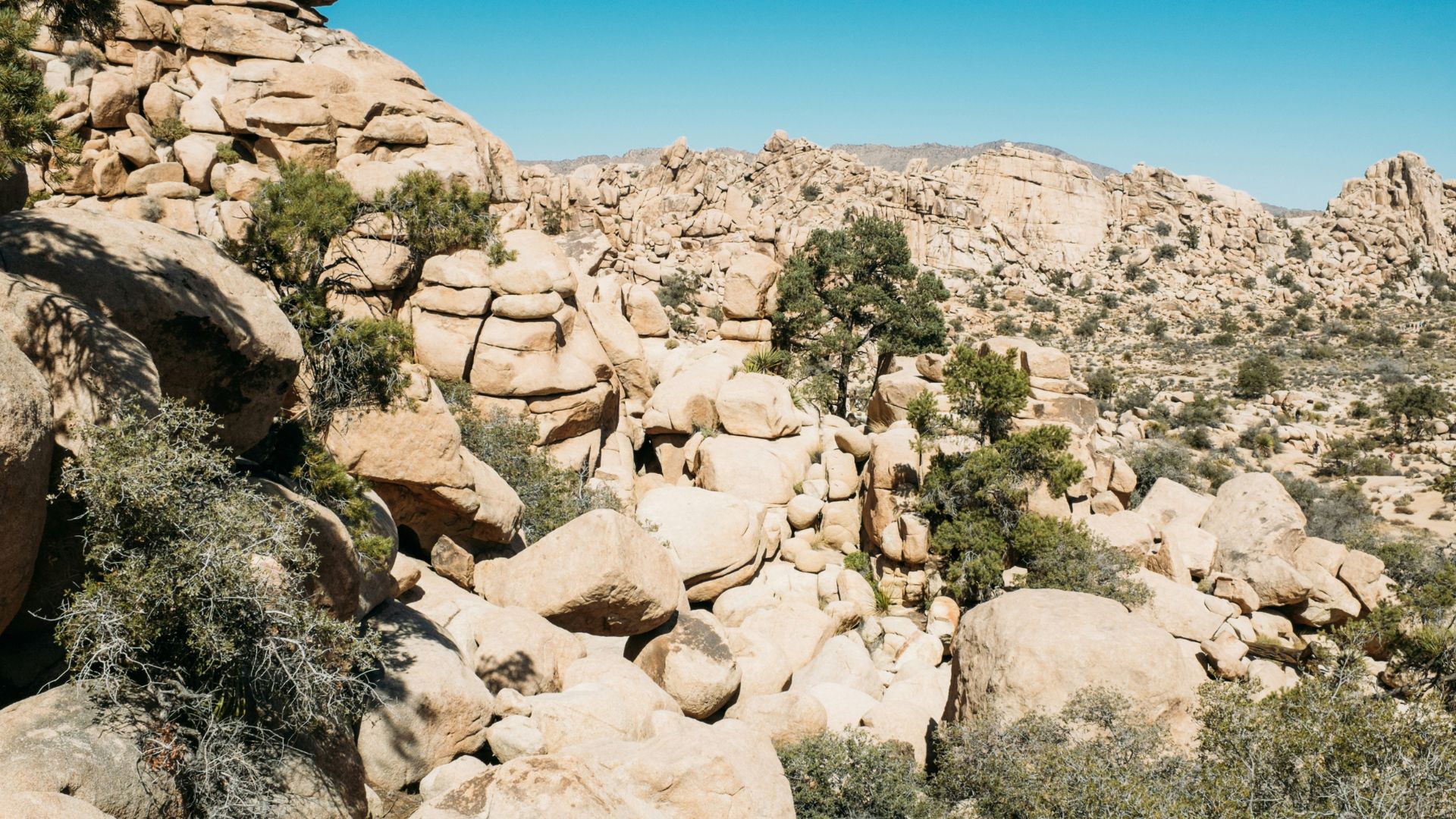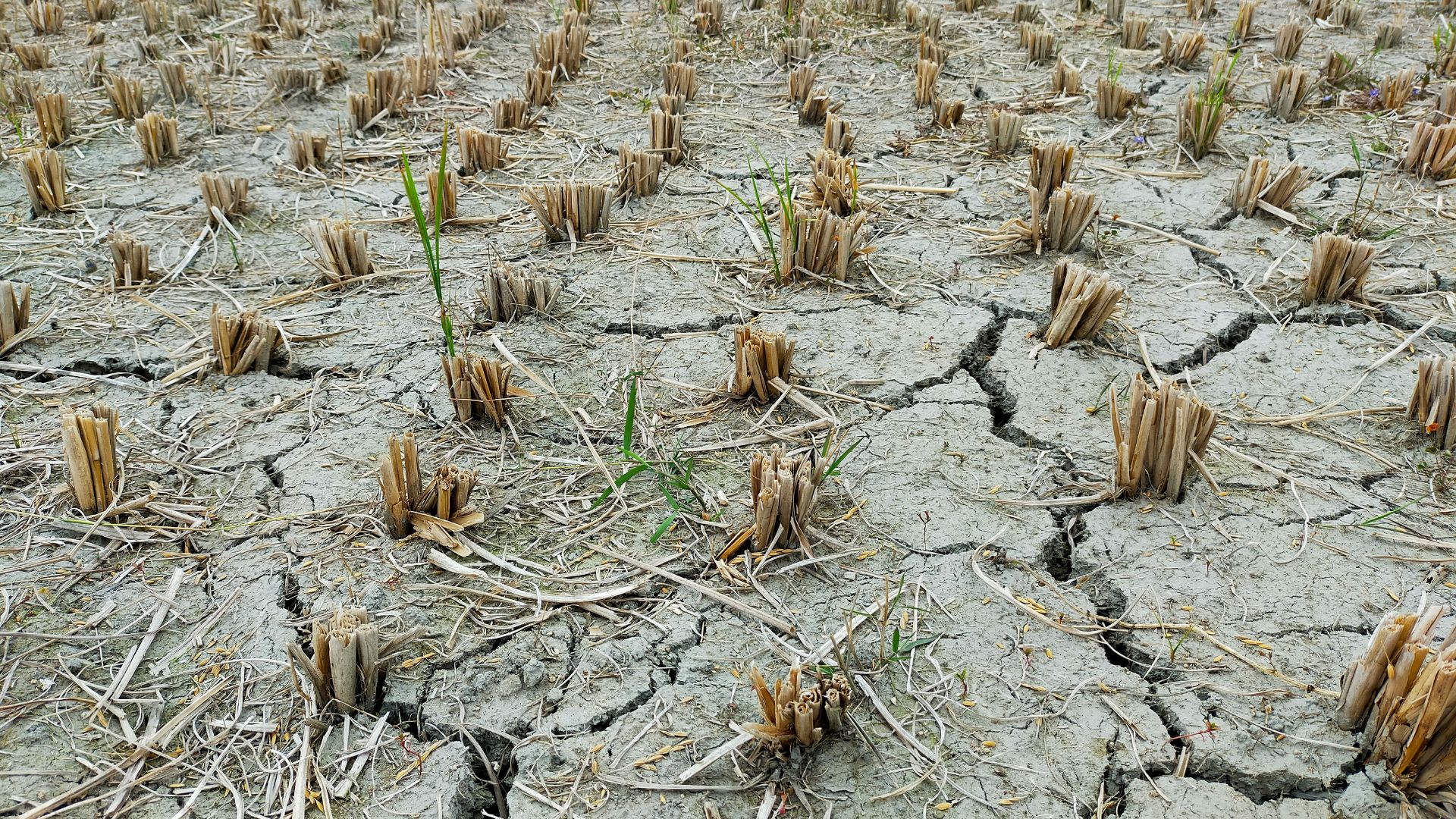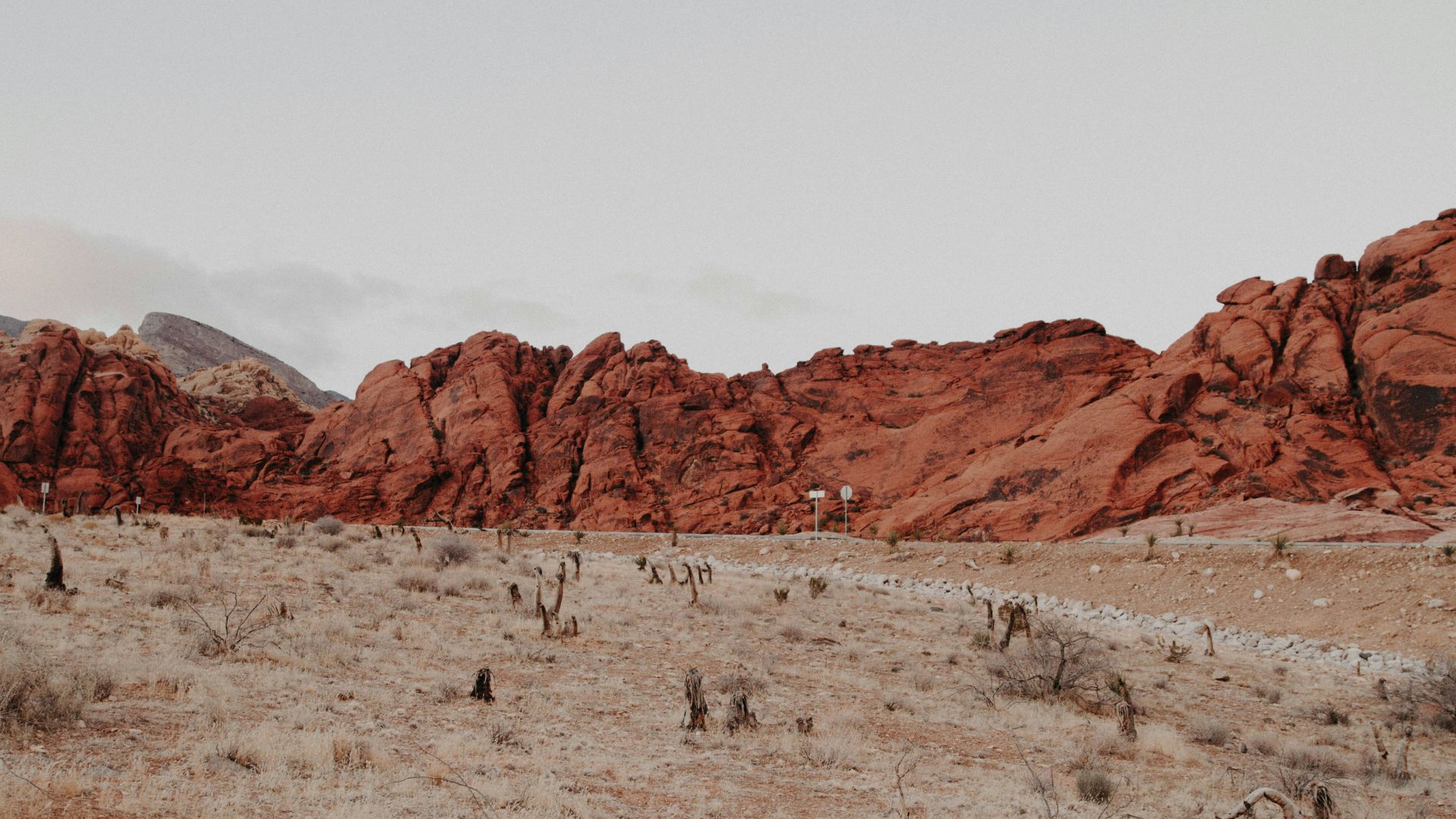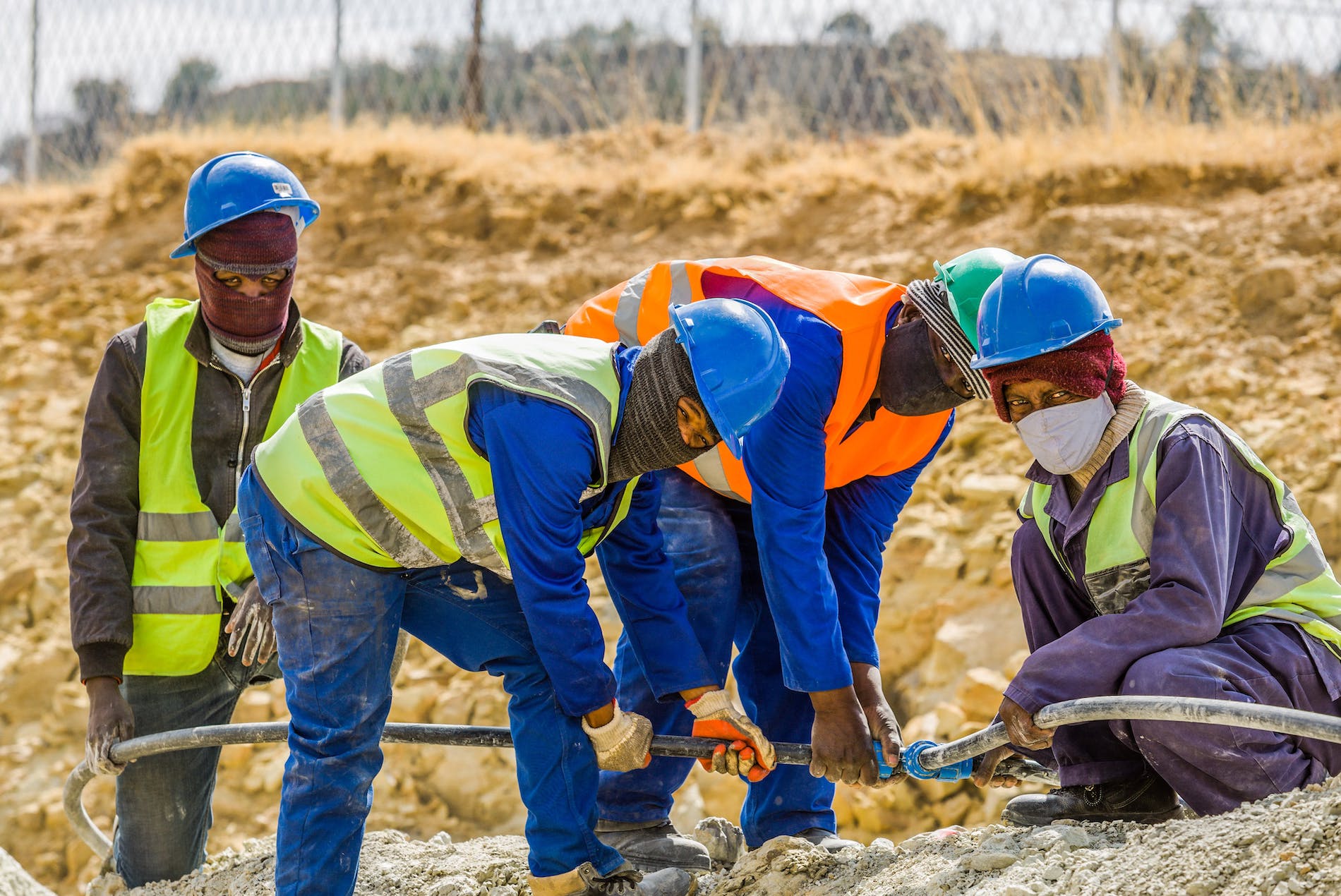After a dangerous fungal infection began spreading at California’s Lightning in a Bottle music festival, officials are worried that a massive outbreak is looming in the state.
Also known as Valley fever, five cases of the illness have been reported among people who traveled through Kern County to attend the event on May 22-27 at Buena Vista Lake, near the city of Bakersfield.
Serious Cases Recorded

So far, three of the five people who have tested positive for the illness have been hospitalized.
Authorities say that the cases are directly linked to the festival, which means an untold amount of people could have been infected while attending the event or after attendees left and traveled throughout the state.
What Is Valley Fever?

Valley fever, also known as coccidioidomycosis, is caused by a dangerous fungus that grows in the soil and dirt in some areas of California and the Southwestern United States. Both humans and animals can get sick with the illness when they breath in the contaminated dust.
The symptoms of this infectious fungal infection include cough, fever, fatigue, difficulty breathing, and chest pain. There are about 200 deaths attributed to the illness each year. However, the sickness doesn’t usually spread from human to human so that a large-scale spread may be unlikely.
Lightning in a Bottle Music Festival

The Lightning in a Bottle Festival occurs every year in the Central Valley region of California. The group that puts on the fest seeks to promote sustainability, social cohesion, and creative expression.
Due to the experimental nature of the music and art, many people have likened the experience to Burning Man, which occurs every year in Black Rock, Nevada.
Last Known Outbreak of the Illness

Cases of the fungal infection can easily kick up during times of heavy rains in areas with contaminated dirt or when construction projects fail to complete the proper environmental investigations.
Earlier this year, heavy rains and flooding caused by storms in California caused an uptick in cases. More than 9,200 new cases were recorded, the highest number ever documented by the California Department of Public Health.
Reaction Depends on a Healthy Immune System

The illness won’t be detectable for most people, around 60%, who come into contact with the fungal spores. A healthy immune system is all that is needed to kick the infection.
However, the disease seems to disproportionately affect Latinos, Filipinos, Black people, Native Americans, and pregnant people for reasons that researchers are still trying to deduce.
Devastating Effects for the Immunocompromised

Dr. Brad Perkins, the chief medical officer at Karius, a company that provides advanced diagnostics for infectious diseases, says, “Those are mostly people with severe immunocompromising illnesses underlying this infection. It can be a devastating infection in those people. That’s pretty rare, fortunately.”
So far, Lightning in a Bottle attendees can share details about any symptoms of illness they may have on the CDPH Valley fever survey website.
Warming Global Temperatures Can Worsen the Fungus

There is some evidence that the fungus responsible for Valley fever has taken advantage of the warming in the United States. The Centers for Disease Control and Prevention reported that cases rose from 2,271 to 20,003 in 2019.
Incidents of the illness rose by more than 600 percent in Arizona, where two-thirds of diagnoses are reported. However, due to increased global temperatures, the illness appears to be popping up in regions further north every year.
Increased Testing Also Increases Cases

Some argue that the reason for the vast uptick in cases was a large campaign to inform the general public of the dangers of the illness, its symptoms, and the course of treatment and testing.
With more testing, more cases are generally recorded. It’s unknown how many cases go unreported each year. However, since the COVID-19 pandemic, people are much more likely to get tested for a mysterious lung or coughing infection.
Frequent Soil Testing Is Necessary

Several areas in the state have frequent blooms of the Valley fever fungus, but since they never get disturbed, it isn’t an issue for public health.
For anyone spending large amounts of time in the wilderness of California, like a festival or retreat, testing the soil for the fungus is necessary.
More Development Could Disturb the Soil

In recent years, more cases have been reported with construction workers and contractors working on new developments and buildings as towns and cities expand further into the California desert.
Many experts fear that the increased infrastructure in the state could damage public health if a lack of testing continues in this industry.








































